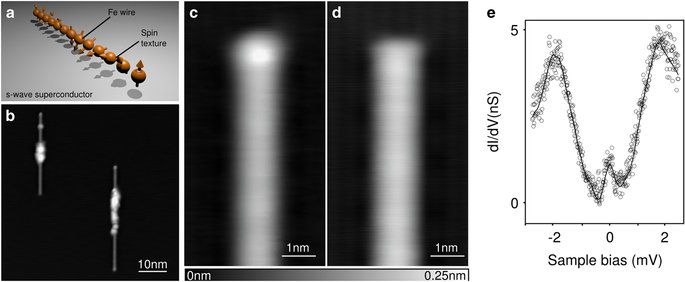
Why Synbio computing is where we ultimately want to more and more progress towards especially once the basic infrastructure is updated with technology like QC.
Cells are often likened to computers, running an operating system that receives signals, processes their input, and responds, according to programming, with cellular output. Yet untangling computer-like pathways in cells is anything but simple, say Denise Montell, professor at the University of California, Santa Barbara, and Aviv Regev, a Howard Hughes Medical Institute investigator at the Massachusetts Institute of Technology and the Broad Institute. However, both are eager to try and will outline their latest efforts at the “Logic of Signaling” symposium at the 2016 ASCB Annual Meeting.
“My lab is understanding how cells maintain and build normal tissues. We’re studying cellular behaviors that underlie normal behavior and tumor metastasis, a great unsolved question in cancer,” Montell said. Her lab recently discovered that cells can bounce back from the brink of apoptotic cell death. “This wasn’t known before so now we’re looking at how cells do it, when do they do it, under what circumstances, and what does it mean,” Montell said.
Continue reading “Logic of Signaling” »

















